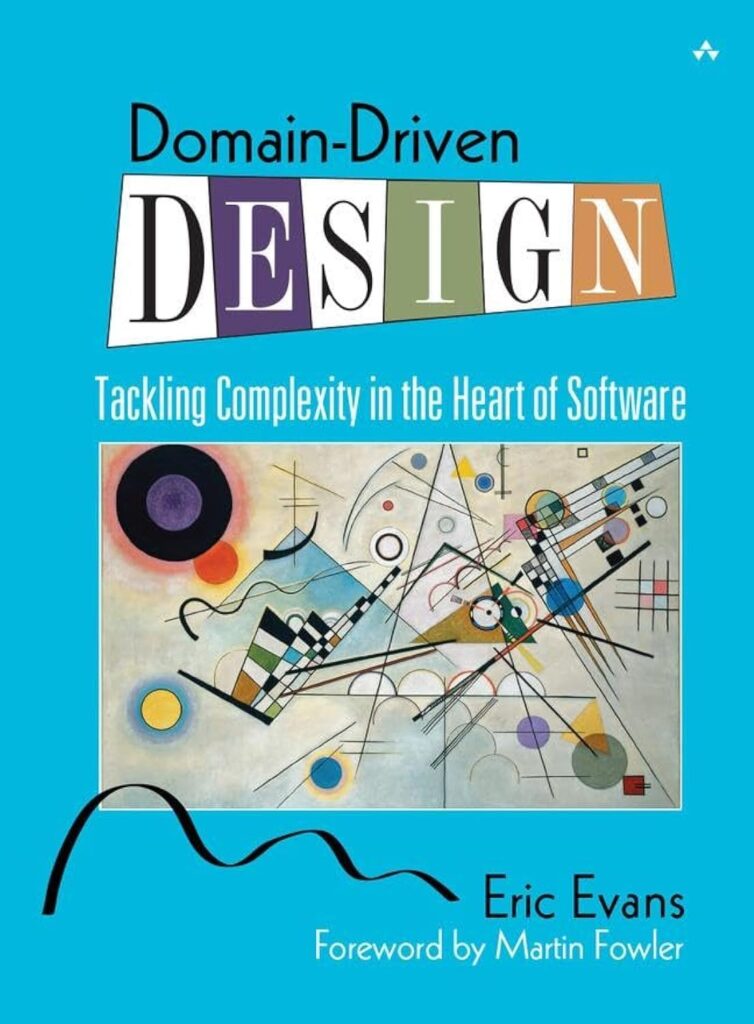What is Domain-Driven Design (DDD) and how do I use it?
🧠 What is Domain-Driven Design (DDD)?
Domain-Driven Design (DDD) is a software development approach that centers the design of a system around the core domain and its business logic. Coined by Eric Evans in his seminal book “Domain-Driven Design: Tackling Complexity in the Heart of Software”, DDD helps teams build complex systems by aligning code with real-world concepts.
DDD is not just about code—it’s about collaboration. It encourages deep understanding between developers and domain experts using a shared, ubiquitous language.

Book recommendation:
Domain-Driven Design: Tackling Complexity in the Heart of Software
📚 DDD and Clean Architecture
DDD often pairs naturally with Clean Architecture, popularized by Robert C. Martin (aka Uncle Bob). Both advocate separating concerns and protecting domain logic from external dependencies like databases, APIs, and frameworks.
✅ When to Use Domain-Driven Design
Use DDD when:
- You’re working on complex domains with intricate rules.
- Business logic is central and constantly evolving.
- Multiple teams or contexts are involved.
- Long-term maintainability is a priority.
❌ When NOT to Use DDD
Avoid DDD when:
- The project is small, CRUD-heavy, or short-lived.
- There’s no clear domain complexity to model.
- The overhead of DDD would outweigh the value.
- Your team lacks time or domain expert access.
⚠️ DDD adds value where business logic matters — not in simple apps like to-do lists.
🌟 Benefits of DDD
- Tames complexity by modeling real business behavior
- Improves communication through shared domain language
- Encapsulates logic inside aggregates and entities
- Encourages testability and separation of concerns
- Aligns technical design with business needs
🛠️ Key Concepts in DDD
| Concept | Description |
|---|---|
| Entity | Object with identity (e.g., Customer) |
| Value Object | Described only by values (e.g., Address) |
| Aggregate | Group of related entities managed as one |
| Bounded Context | Logical boundary where terms have consistent meaning |
| Ubiquitous Language | Shared terms used by devs and domain experts |
| Domain Service | Logic that doesn’t fit in any single entity |
| Repository | Interface for retrieving and saving aggregates |
🎯 Final Thoughts
Domain-Driven Design is a powerful tool for software teams building systems where business logic is king. Backed by the insights of Eric Evans and in line with the principles of Robert C. Martin, DDD encourages you to model software around the real world — not the database.
When used in the right context, DDD leads to software that’s flexible, expressive, and easier to evolve.
Pingback: Domain Modeling in Domain-Driven Design: A Step-by-Step Guide - BuildFactory.dk